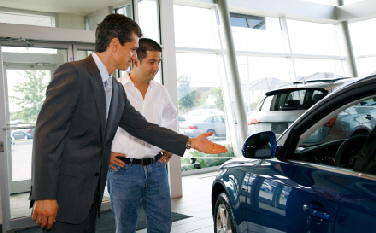Recent Articles
Popular Makes
Body Types
Where Do Leftover New Cars Go?
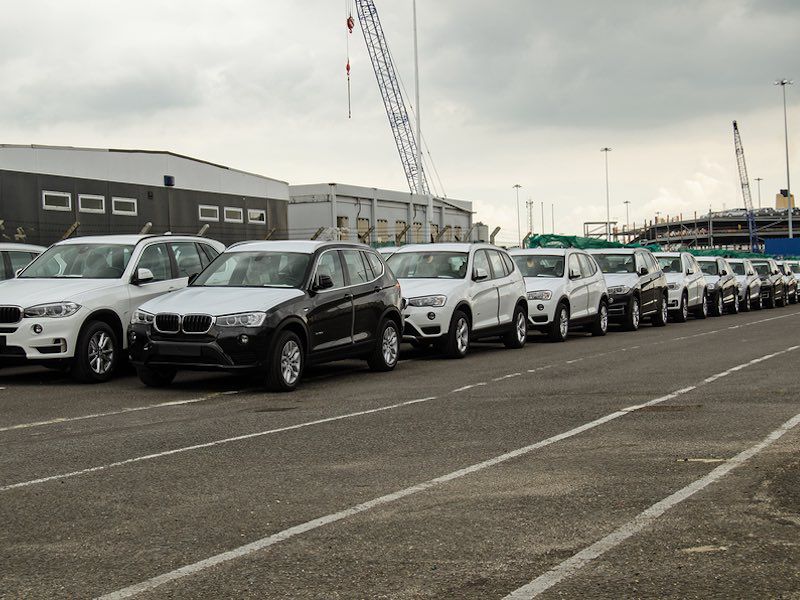
New cars at port ・ Photo by Bigstock
After a few years of stellar post-recession comeback, the auto industry is showing signs of entering another slump. As of this March, sales of new cars had slowed down so much that new car inventory — the number of new, freshly-built cars that are waiting for a turn on the dealership lot — had reached the highest levels since 2004.
For the purposes of this article, we’re hypothesizing that these cars are built in the U.S. and allocated to U.S. dealerships. Importing and exporting cars adds a lot more complexity to the situation.
If you’re not sure what a “leftover new car” is or how such a thing could exist, we’ll explain it on the next page.
Defining “Leftover”
For our purposes, we’re defining a “leftover new car” as one that’s not sold by the time it is replaced by the current model year. For example, several mainstream auto manufacturers are running deals on unsold 2016 models. Considering there are already 2018 models on some dealer lots, a new 2016 vehicle is a serious burden.
That happens because the manufacturer continued building new cars after sales of the car started to slow down, which is an easy mistake to make. (To be clear, the mistake lies in the planning, not in the actual manufacturing of the cars.) That leads to a situation that creates leftover cars. In short, the people who predict sales figures, order materials, and plan factory production cycles weren’t expecting this slump.
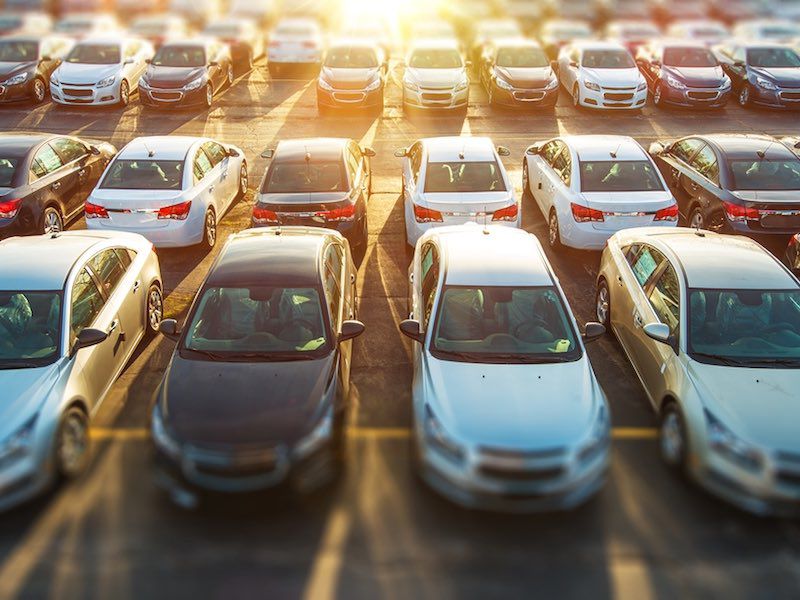
Photo by Bigstock
The Recent State of the Industry
Here’s an example of a recent situation that resulted in lots of potentially leftover cars, and helps illustrate why leftover cars need somewhere to go. In December of 2016, several news outlets reported that sales of the recently redesigned Camaro, which sold reasonably well through the fall thanks to lots of manufacturer incentives and financing deals, came to a near-standstill in November, when Chevy stopped offering incentives and when people were thinking that winter was just around the corner, so maybe it wasn’t the best time to buy a new sports car. These conditions are starting to afflict more manufacturers than just GM, and more types of cars than just sports cars. In other words, look for lots of leftover cars in the near future.
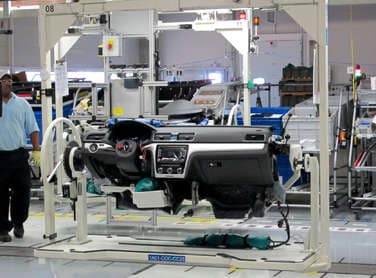
How Planning Problems Create Leftover New Cars
Let’s stick with the Chevy Camaro example. We’ve already shown that a stockpile of leftover new cars is usually the result of poor planning. It’s less common, but possible, that a sudden sales slump can be caused by external conditions, like a spike in gas prices or the beginning of a recession.
The problem is, once GM’s allocated the production line, scheduled workers, and ordered materials, they’re pretty much committed to building those Camaros even if dealerships can’t sell the Camaros they already have. It’s expensive to shut down production. It looks bad for the company, scares the shareholders, and makes the unions angry. That’s why cars are funneled to dealerships even when they’ve had unsold cars sitting there for weeks or even months.
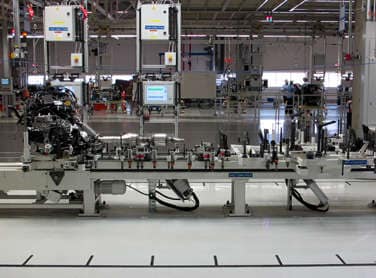
How Some Dealerships are Given the Leftovers
Let’s take a look at a hypothetical situation in which a manufacturer’s inventory control isn’t too bad, but they’ve just built some cars that they found out — too late! — are unpopular combinations. Maybe the cars are in an undesirable color that someone originally thought was a good idea. Perhaps they have a transmission that was slammed in a review that went viral or a type of upholstery that stains easily.
What does the auto manufacturer do? Oftentimes, they’ll send these future leftover new cars to dealerships that are not on the top of the sales list or are less successful overall. This is unfortunate for the dealer, but distribution decisions get made at the corporate level, so there are winners and losers in this game.
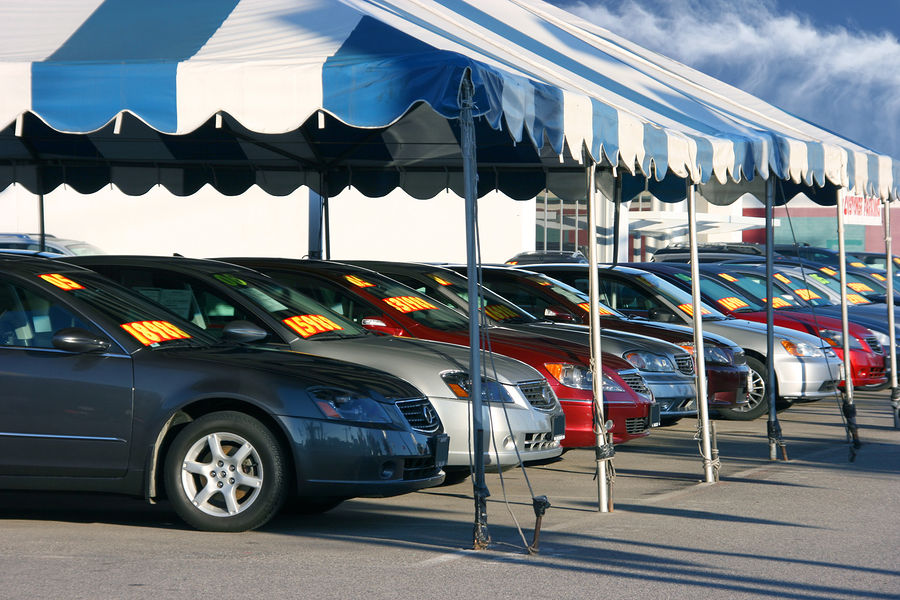
Will the manufacturer take a car back?
So, what happens when leftover cars end up at dealerships? It might seem like the auto manufacturer should take some responsibility for the situation, but in general terms, the dealerships’ franchise agreements state that they’re stuck with whatever they’re sent, and they have no recourse if they’re sent “unsellable” cars. Sometimes, dealerships can work out arrangements with rival dealerships in the network to trade or sell cars so those cars go to a city or region where they have a better chance of getting sold.
Generally, no matter how hard it is to move a leftover new car, it’s still the dealership’s responsibility. So the answer to the question, “Where do leftover new cars go?” is that they eventually do get sold.
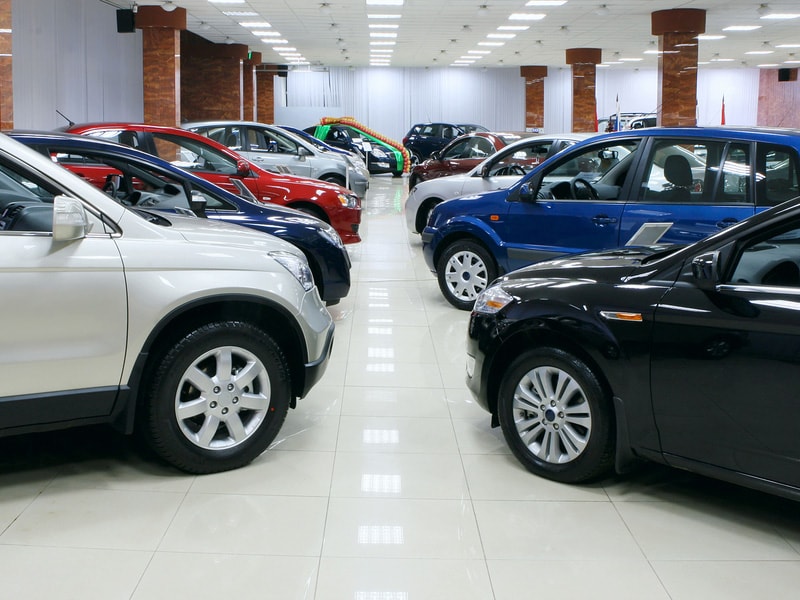
Why not send them to auction?
Car auctions seem like a natural venue for leftover new cars. Manufacturers and dealerships could move these leftover new cars off the books and off the dealer lots to make room for new models. Though that would be great for consumers, you’re unlikely to ever see it happen. Why? The losses are simply too great. Not only would the company take a serious loss on every car sold at the auction, but they’d have to pay the auction house, too, for the service. Auctions might be suitable for used cars taken in on trade, but when we’re talking about brand new cars, even leftover ones, the auction isn’t a suitable place for leftover new cars to go. The losses are just too steep. This is the same reason leftover new cars won’t simply get recycled.
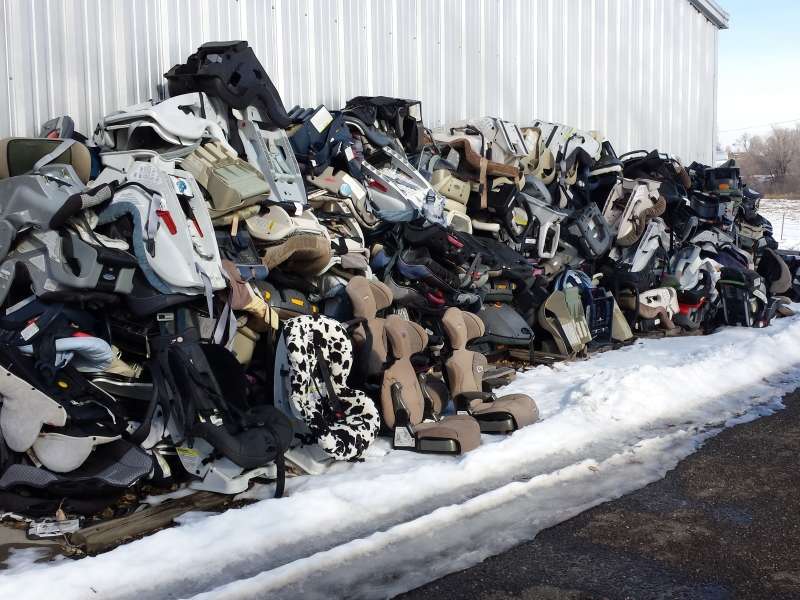
Deep Discounts
Dealerships that represent the end of the road for leftover new cars have a tough task. They have to try to make these cars look appealing to customers even if it’s a really slow-selling model or an unpopular combination of features. It’s technically the dealership’s problem, but the brand doesn’t want this reputation. The manufacturer will offer new incentives on these leftover cars or improve the existing incentives. As we saw with the Chevy Camaro situation, the right combination of incentives can bring in buyers who might have been shopping for a competitor or inspire someone to make a purchase they’ve been thinking about. It might even make a car affordable for someone who couldn’t afford it before.
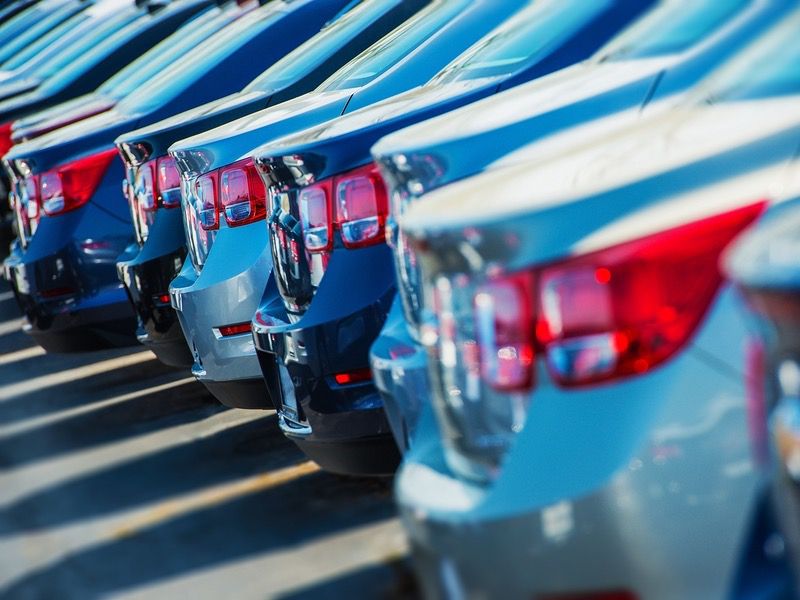
Photo by Bigstock
More Deep Discounts
Incentives and cash-back offers aren’t the only types of discounts. Special low financing rates help generate interest and manage inventory. Recently, some large manufacturers have started offering 0% or 0.9% financing for up to 72 months on new cars.
Low monthly payment leases are another option for leftover new cars. If you look at the “Special Offers” section on a large manufacturer’s website, you might see lease deals on some 2016 model year vehicles. These deals are often effective because buyers get to drive a new car cheaper than buying it, and they’re less concerned that it’s a “leftover” because they aren’t planning to keep it. The car is considered sold, so it’s a win all around.

Other solutions for leftover new cars...
Sometimes, the dealership will buy a very stubborn leftover new car just to get it off the lot, especially if the manufacturer offers a rebate on it. Then, the dealership gets to claim the sale, keep the rebate, and keep the car. In these cases, the car becomes an employee car (for high-ranking employees), a service loaner (for customers to drive while their vehicles are being worked on), or is put to use by the dealership some other way - like picking up and dropping off customers whose cars are being serviced.
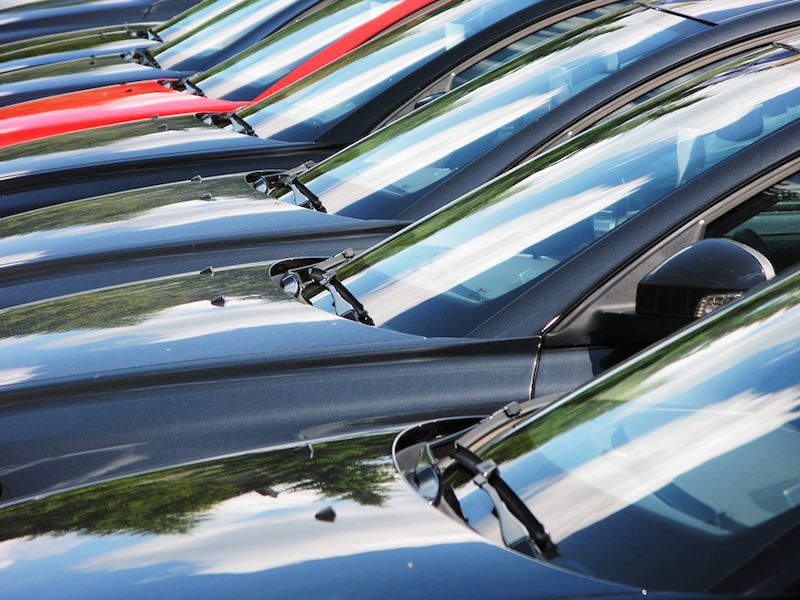
Photo by Bigstock
What now for leftover new cars?
As we’ve already mentioned in our discussion of leftover new cars, this situation might become more common as the auto industry slows down and tries to self-correct the supply and demand problem. If you’re interested to see how this all plays out, pick a favorite car and keep an eye on the manufacturer’s incentives and special financing offers. See if that car actually turns into a leftover car. Check occasionally how many 2017 models are still at your local dealerships as 2017 draws to a close, when that model’s 2018 replacement arrives, and as we actually roll into 2018. You might be able to get a good deal on a car you never thought you could afford.
